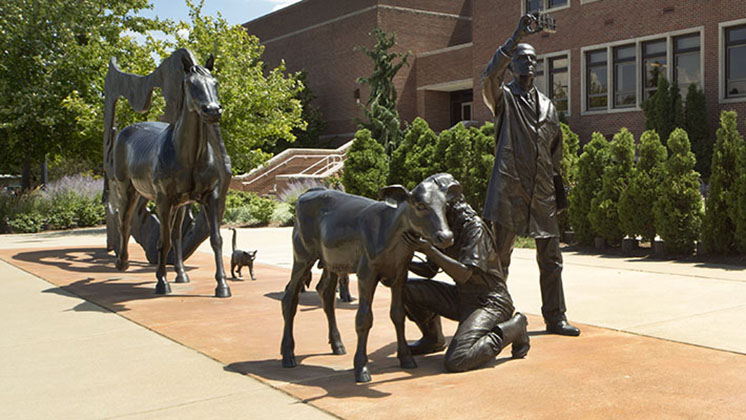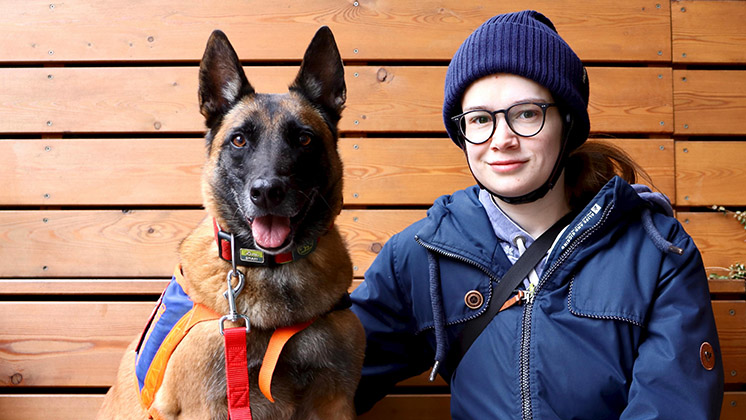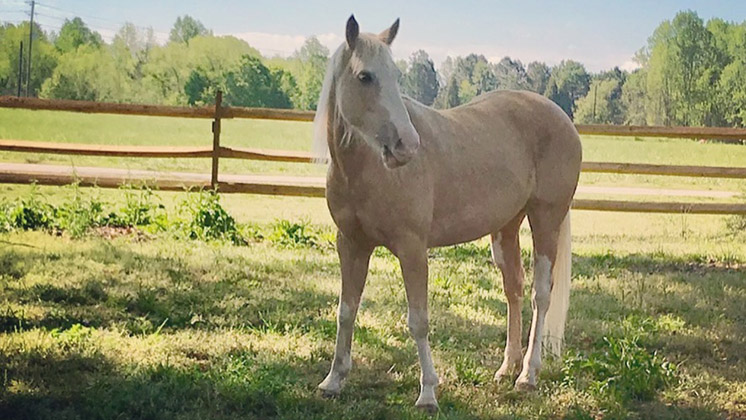The Growing Global Landscape of Human-Animal Interaction Centers

In recent years, the world has seen a remarkable surge in the study and appreciation of the human-animal bond. From universities to research institutes, interest in this area has blossomed across the globe, creating a unique space where many disciplines intersect. A recent article highlights this trend by chronicling the growth and significance of human-animal interaction (HAI) centers between 2016 and 2021. Let's explore the main findings and why this growth matters.
Key Highlights from 2016-2021
The period between 2016 and 2021 marked an exponential expansion of interdisciplinary centers focused on human-animal interaction. The 2021 Centers for the Human-Animal Bond (CHAB) conference, hosted by the Center for the Human-Animal Bond at Purdue University, became the largest meeting of its kind, gathering leaders from 23 centers worldwide. This event provided a virtual platform for discussions on future research and practical challenges, attracting over 1,800 registrants from more than 60 countries.
Why It Matters
HAI research has far-reaching implications, affecting human mental and physical well-being and highlighting the reciprocal benefits animals may experience. The collaboration between scholars, practitioners, and educators is essential for tackling diverse topics such as animal-assisted therapies, ethical considerations in HAI research, and strategies for inclusivity in HAI education.
Major Themes of Discussion
The CHAB conference and subsequent research encapsulated four key themes:
- Research Development: Expanding studies to further validate the psychological and social impacts of HAI.
- Educational Integration: Incorporating HAI into university curricula to prepare future experts.
- Global Collaboration: Standardizing terminology and practices for consistent, high-quality interventions.
- Diversity and Inclusion: Enhancing representation and broadening access within the field.
The Path Ahead
The 2021 CHAB conference and the subsequent publication of nine focused articles emphasized not just the achievements but also the ongoing challenges in HAI. These include advancing research methodologies and ensuring that animal well-being is central to any intervention.
Conclusion
The growth of HAI centers worldwide underscores a shared commitment to understanding the profound relationships between humans and animals. The lessons from this recent research inspire further exploration and collaboration, paving the way for more inclusive and impactful work in the field. As this field expands, so does the potential for transformative change in both human and animal lives.
Read the Research Paper
This article was based on the research of Dr. Leanne Nieforth and the HAPI lab. Read the research:
Suggested Articles

The Healing Power of Assistance Dogs for Veterans with PTSD
Explore how psychiatric assistance dogs help veterans with PTSD, reducing symptoms, improving mental health, and fostering social connections, as highlighted in a comprehensive review of 41 studies.
Read more
Anthropomorphizing in Equine-Facilitated Learning and Psychotherapy
Anthropomorphizing in equine-facilitated learning and psychotherapy can aid human healing but may misrepresent horse behavior; a 2025 study urges therapists to use critical reflexivity to balance empathy with accurate equine understanding, ensuring ethical and effective EFL/P practices.
Read more
How Equine Communication Transforms Trauma Healing
Discover how equine-assisted mental health uses the unique nonverbal communication of horses to transform trauma healing, offering powerful breakthroughs for PTSD, anxiety, and depression.
Read more
